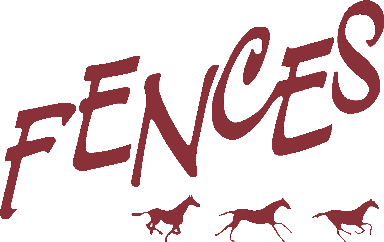« It’s a recurrent question. There are many methods and the answer depend on each breeder situation.
The most important, for me, is the respect of these three rules:
- To be progressive
- To take into consideration the horse’s physical condition
- Build trust and confidence
Here is, when it’s possible, my favourite method:
1 – Progressivity
“You don’t fill a small glass with a big pipe! »
My first advise is not to wake up one month before the date of the selection and then, try to catch up the lost time. The best is to take advantage of the off-seasons before to put the horse in the field and before winter. This way, you can work the horse in several phases.
Before the spring of his 2nd year, you can start to broke under saddle the horses and combine it with a few loose jumping sessions. The jumping session could be composed of a line of three jumps if the facilities allow it. This working phase is composed by five to six jumping sessions spread over two to three weeks.
When the session is over, the horses return in their field to “think” about what they have discovered and learned.
During the Autumn, it is good to do a reminder with two or three jumping sessions again and then, keep the horse inside.
About three months before the selection dates, between February and March, the real preparation work can start.
2 – Physical condition
During this preparation phase, it’s better that the horses are shoed in front and, if possible, in individual boxes.
Working in a walker lunging rein so that the horse can start to build his back. The beginning of the preparation will be the opportunity to finish to broke under saddle the horses. In the meantime, you will avoid jumping sessions to take into account the aches.
In the last two months, the work under saddle will be stopped. The focus will be on free jumping work with one or two sessions per week, alternating with paddock, lunging and walker.
The goal of this training session is to find and build appropriate exercises to complete your horse’s education. With approximatively 12 sessions, he will find his style and technic. It is not necessary to jump high at each time but it will be necessary to do it once or twice in the second part of the preparation (vertical 1m20/1m30 and oxer 1m30/1m35 on 1m20/1m30 wide) and keep at last one or two preparation sessions on small fences to build up confidence.
3 – Trust and confidence
Even if it’s essential to have a good result on the first “D-Day” : the selection, the more important remain to build the confidence for the auction date.
Good results go with experience and progressiveness in the horse work:
- Adjust the hight of the jump to the horse capacity
- If you change the exercise (colors, V-bars,…) always do it first on small jumps
- Always finish with one or two easy jumps
- Never repeat two consecutive jumping high session
The target is to obtain in free jumping the result written in golden letters in the Saumur riding arena “Forward, quite and straight!”
Once the selection step is over, it’s still remain the sale one. This is another story on which we will return soon… »
Arnaud Evain,
President of Fences Agency


